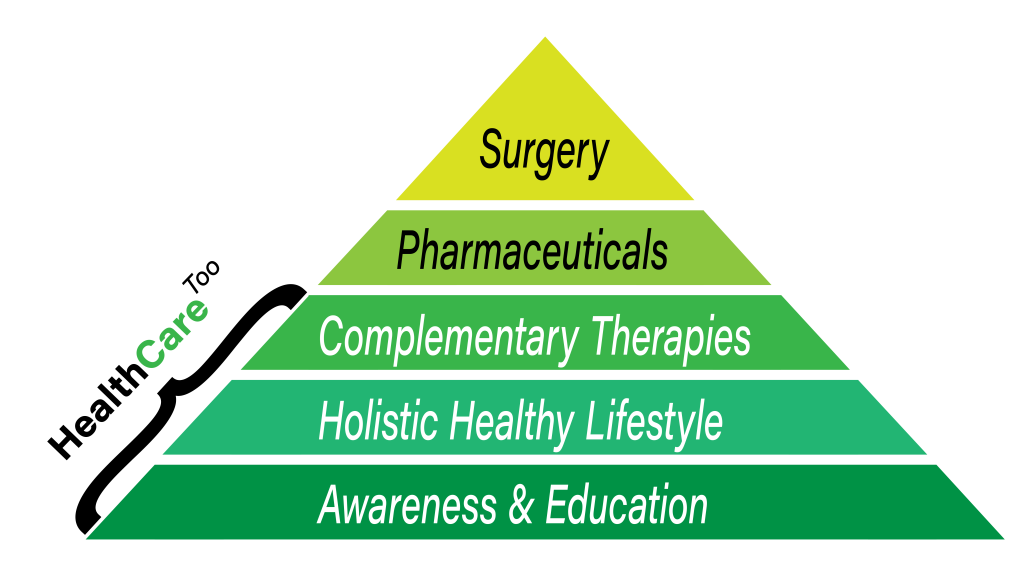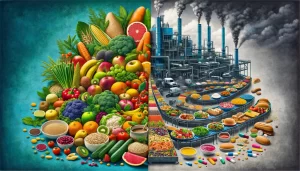Middle-class incomes have shrunk
As Americans across the Nation celebrate Labor Day, it is worth noting that middle-class incomes have shrunk since 1999 in all but two states (South Dakota & Vermont). David Chase and others have pointed out the continued erosion of take-home pay as healthcare costs grow as part of the Gross Domestic Product.
American middle-class families are making less money in almost every state. Since 1999, median incomes have dropped nationwide; in Indiana, they’ve shrunk by more than 9 percent.
That’s according to financial website GOBankingRates, which conducted a report using Pew Research Center and United States Census Bureau data, as well as data from real-estate site Zillow, to find the change in median household income in every state. The incomes are adjusted for inflation and the percentages reflect the increase in incomes from 1999 to 2014.
To be considered middle class, you have to earn an annual household income of “two-thirds to double the national median, after incomes have been adjusted for household size,” reports Pew. The most recent national household median income estimate was $59,039, according to the U.S. census.
Source: Middle-class incomes have shrunk in almost every state





